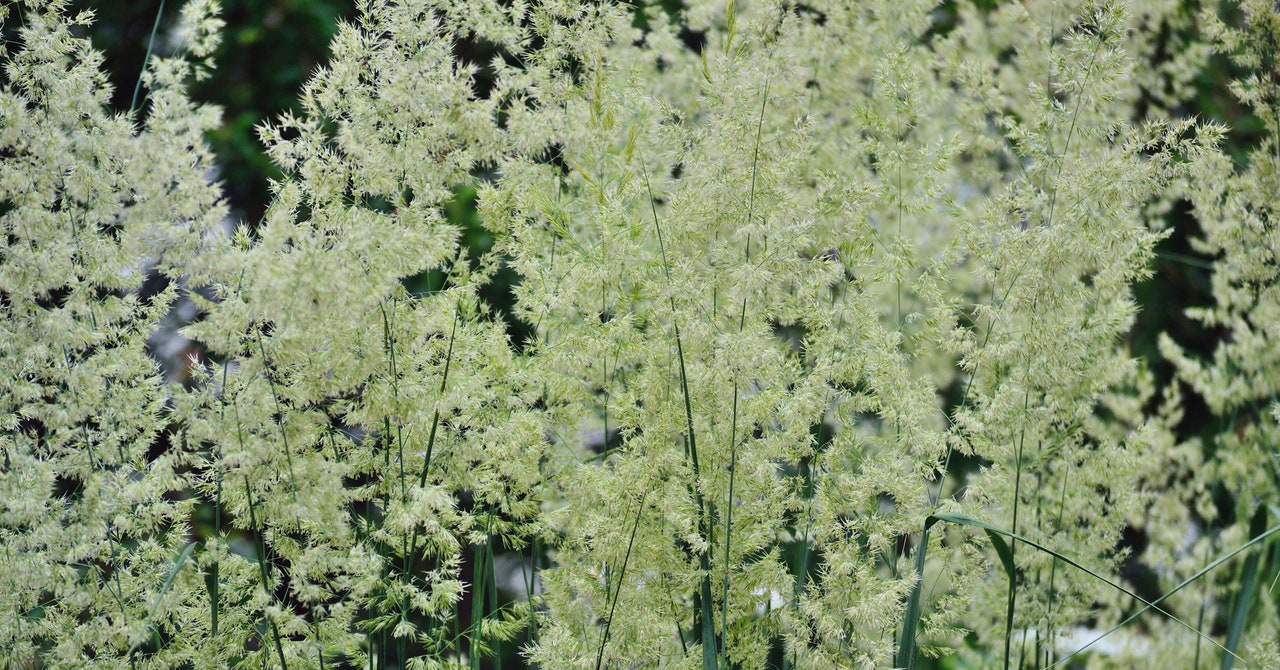
The BLM funds the partnership along with private donations and the Society for Ecological Restoration, a conservation organization. The agency prioritizes native plants in restoration projects through its national native seed collection program; seeds from the region in question typically germinate better than seeds brought from afar. But the seed supply is limited. “With the federal government wanting to put more native plants out there,” Velman says, “who better to tell us what’s supposed to be on the land than those that have been here forever?”
Last year, the grassland restoration project collected seeds only from federal lands, but this year, the council invited the program to use tribal lands too. There were clear differences in the seeds collected from the two areas, possibly owing to past grazing or fire. The BLM plots next to the reservation were struggling during what turned out to be the worst drought in at least 30 years. “Everything was pretty much dead by the second week of July,” Eisenberg says. But many of the tribal plots flourished into the summer, ultimately accounting for the majority of seeds collected.
Twenty-three pounds of seeds were collected this year, stored in neatly labeled paper bags, and shipped to a US Forest Service cleaning facility in Oregon. The BLM owns seeds collected on public lands, while seeds collected on tribal lands belong mostly to the tribe, which has agreed to keep the first 10,000 seeds of each species at federal facilities in Washington and Colorado as part of a national native seed collection effort.
Still, the vast majority of the seeds—there are 181,000 in just one pound of green needlegrass—will go back to Fort Belknap. The tribal council can sell the seeds to the BLM, use them to restore degraded land, or perhaps start its own native seed-growing business. Project leaders hope to plant some of the seeds on tribal lands in a few years, once the tribal council approves a restoration plan and the plots are ready for planting. The BLM eventually plans to sow seeds in the region as well.
Pronghorn darted away from a dirt road, white hindquarters flashing, as a gaggle of field technicians drove to their first site of the day, a prairie field in the reservation’s southeast corner. It was August, the end of the season, and they needed to collect the game cameras they had set up there to study the impact wildlife have on the site’s plants.
The air was humid and smoky, redolent of bug spray and sage, primed by an early morning rain. Tyrus Brockie, the junior field technician, wore gaiters over his boots to protect against rattlesnake bites. He pointed toward his uncle’s ranch, where he helps run cattle. Brockie had become newly fascinated by the landscape: “Now I’ve got my head down all morning [looking at the grasses],” he says. He’s considering studying natural resources at the Aaniiih Nakoda College: “This job makes me want to go and learn.”
Young participants in the restoration program, who are paid, can progress from community fellows to become entry-level, and then senior, field technicians. Community fellows spent a week with the team this summer, like 22-year-old Sakura Main, who worked alongside her little sister and cousin. Senior technicians like Brockie work the full eight-week field season. “I didn’t know restoring grasslands was so important,” says Main, an enrolled Aaniiih member. “When it’s in your backyard, you don’t always notice it.”


